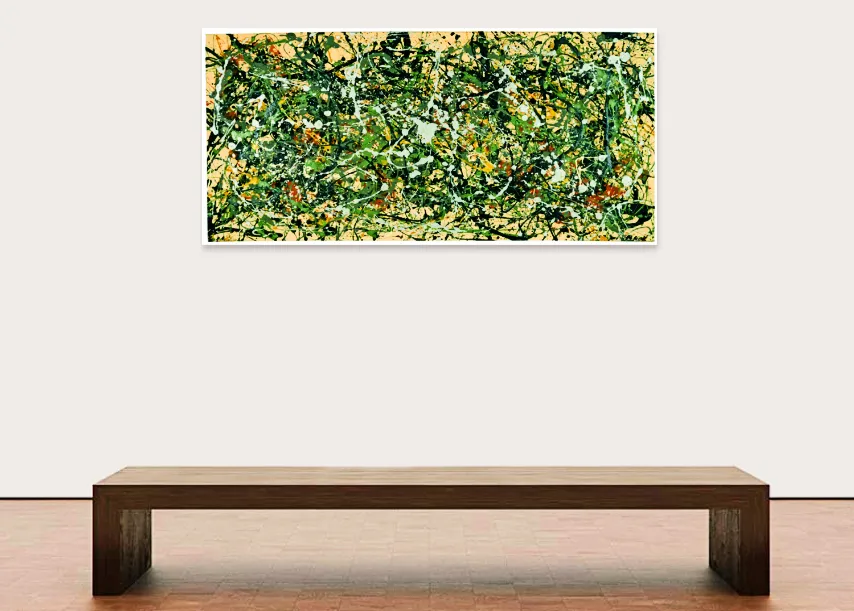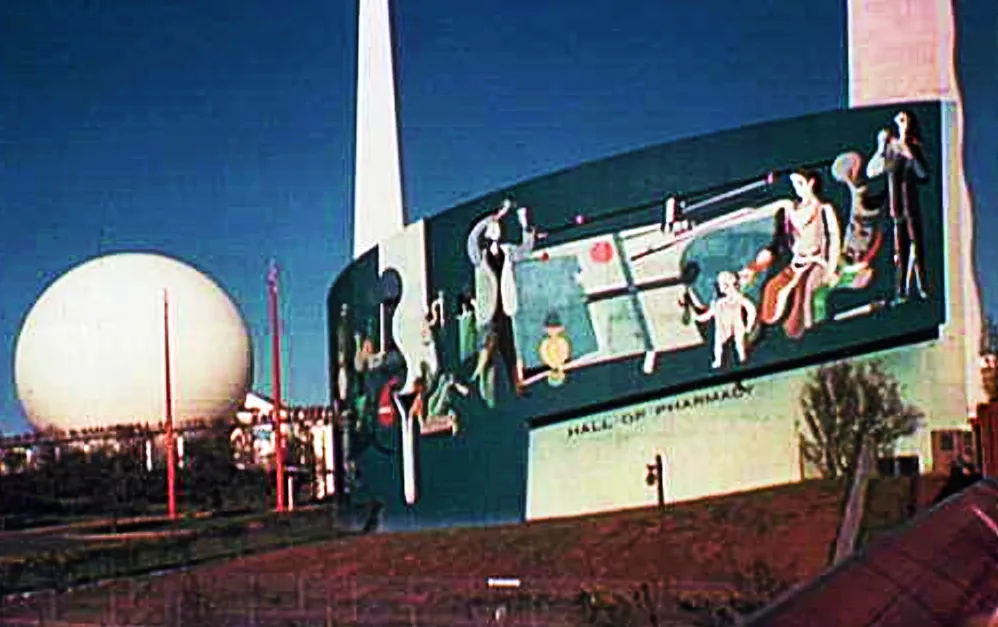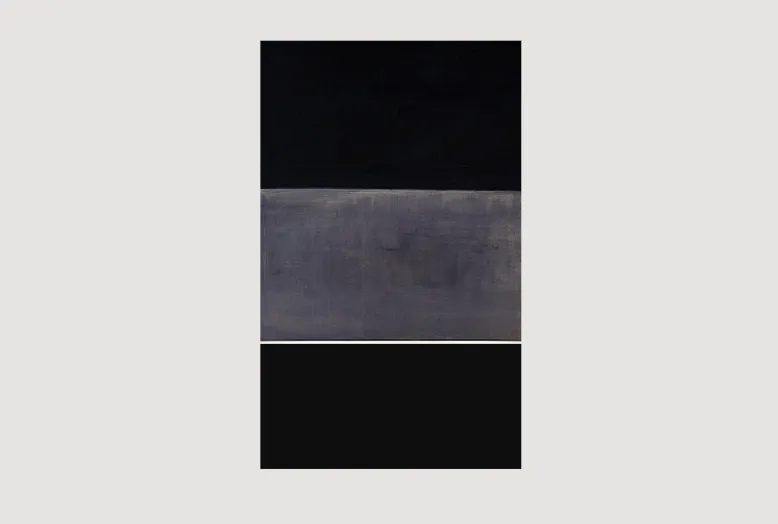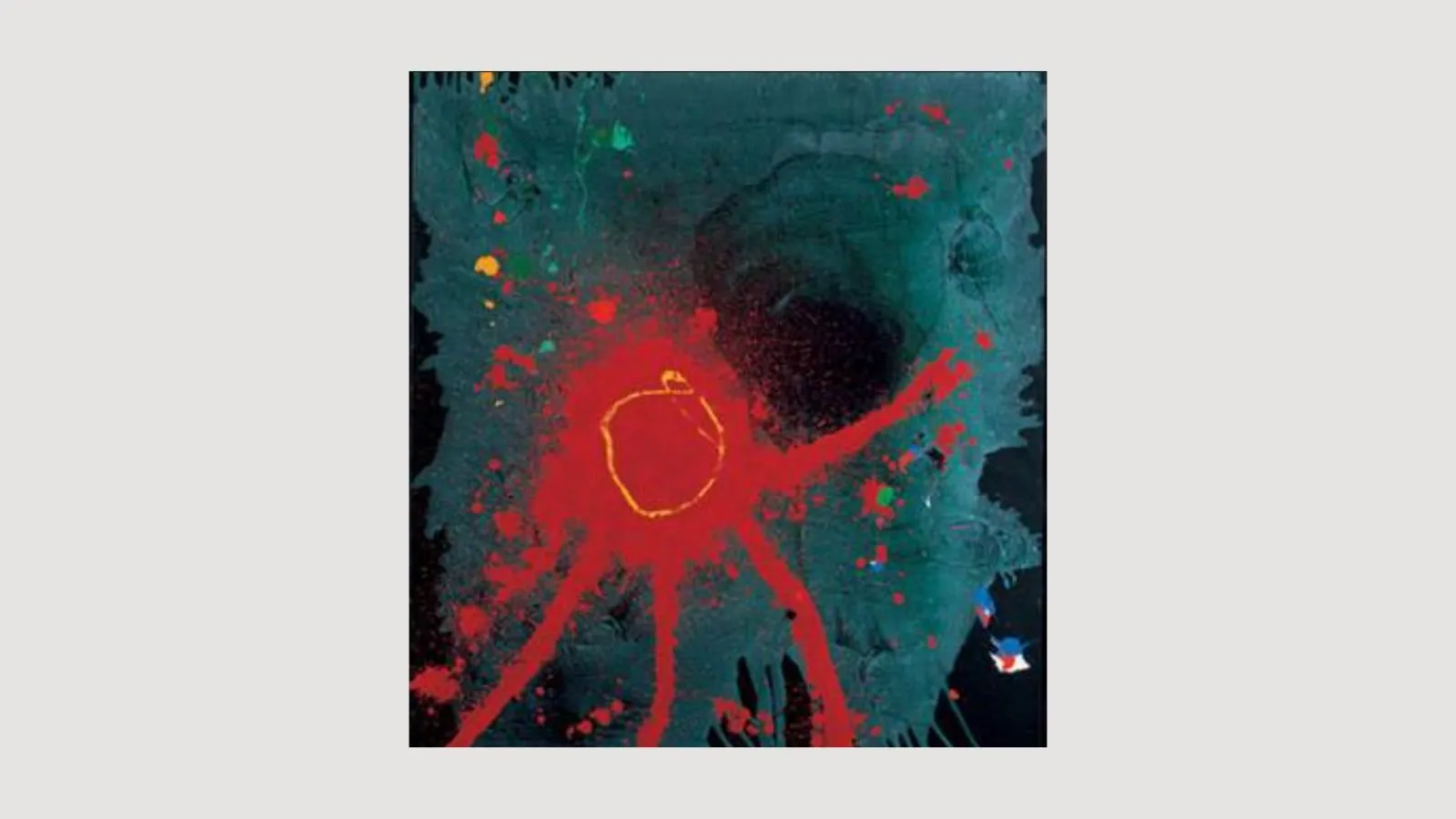Is Modern Art Just an Elaborate CIA Spy Operation?
Hear more about Art & the CIA in our podcast: A History of the World In Spy Objects, Jackson Pollack, Number 8
The CIA reportedly used the Congress for Cultural Freedom as a Cold War ‘cut-out’ to promote US painters and creative power over rigid Soviet Constructivism. But spies couldn’t have chosen a more unlikely venture - or a more unruly mob of artists.
Rebel artists Jackson Pollock, Willem de Kooning, and anarchists Mark Rothko and Barnett Newman found sudden celebrity after WWII within a movement that became known as Abstract Expressionism.
Pollock’s ‘drip paintings’, Rothko’s stripes, and De Kooning’s bold strokes of controlled chaos gained respect in the 1940s and ‘50s. New York and Paris were buzzing. A year after Pollock died in a car crash in 1956, NYC’s Metropolitan Museum of Art paid an unprecedented amount for his Autumn Rhythm and a legend was born.
When the New American Painting exhibition toured Europe in 1958-59, Abstract Expressionism and America’s creative spirit were introduced to the masses in Berlin, Brussels, Milan, Paris, and London. Then came the whispers.

"The brand new social experience where you activate your gaming skills as you train like a spy."
- TimeOut
Take on thrilling, high-energy espionage challenges across different game zones.

The CIA’s Hidden Hand
The CIA (via the Congress for Cultural Freedom) and British Foreign Office (through its IRD propaganda unit) were secretly funding the anti-Communist magazine Encounter, according to news reports. Were Abstract Expressionist artists also being boosted by spies? In 1973, Artforum magazine art critic Max Kozloff floated the idea that Abstract Expressionism was a form of ‘benevolent propaganda’.
The premise seemed preposterous - at least initially. “Here you had this nexus of nonconformist artists, who were completely alienated from American culture,” the Royal Academy’s David Anfam told the BBC. “They were the opposite of the Cold Warriors.”
Pollock was expelled from the L.A. Manual Arts High School for being a troublemaker. De Kooning was branded a misogynist by some. Rothko was described as an anarchist who prized independence over groupthink. Could they really be US government agents? Yet, Kozloff’s Artform article struck a chord. Perhaps the artists were unwitting pawns in a chess game between East and West?

Art as a Cold War Weapon
Frances Stonor Saunders, the British journalist, historian and author of Who Paid the Piper, said the CIA-funded CCF financed high-profile exhibitions of Abstract Expressionism during the ‘50s - including the European tour of The New American Painting in ‘58 and ‘59 - and continued promoting the art for another 20 years: “Abstract Expressionism was being deployed as a Cold War weapon,” she writes.
If true, it certainly wouldn’t be the first time. "During the Renaissance and earlier, patronage of the arts went hand in hand with official power," Eva Cockcroft wrote in Artform. "The involvement of The Museum of Modern Art in American foreign policy became unmistakably clear during World War II.”
A 1941 Central Press wire story claimed MoMA - under museum president Nelson Rockefeller - was the ‘latest and strangest recruit in Uncle Sam’s defense line-up’. When the CIA was founded in 1947, the Agency set up the Propaganda Assets Inventory, which in its heyday could influence more than 800 newspapers, magazines, and public organizations with pro-American messaging. The International Organizations Division (IOD) was set up in 1950 to subsidize films including the animated version of George Orwell's Animal Farm, and to sponsor American jazz artists, opera, Boston Symphony Orchestra tours, and Abstract Expressionism.
The State Department got in on the act as well, funding and organizing an international touring exhibition called Advancing American Art.

CCF Spies
The Paris-based CCF was active in 35 countries. In addition to sponsoring the political journal Encounter, music, and art, the CCF hosted dozens of conferences to bring together Western thinkers and reach out to intellectuals behind the Iron Curtain.
Estonian-born Michael Josselson was a former member of US Army military intelligence who spoke fluent German, Russian, French, and English. As the CCF administrative secretary, he kept the group on track for almost two decades until 1966 when the CIA and CCF parted ways. Josselson then reportedly carried on informally advising the International Association for Cultural Freedom, which distanced itself from the CCF and the CIA but carried on many CCF programs.
The Farfield Foundation was another CIA front that counted Tom Braden among its staff. Braden, an ex-MoMA director, was also a CIA officer who oversaw the cultural Cold War for ‘the Company’. When London’s Tate Gallery said it couldn’t afford to bring the New American Painting exhibition of Abstract Expressionism to London in 1959, Farfield Foundation found the cash. British abstract painter John Hoyland was heavily influenced by the Tate exhibit, raising questions about whether British art was also shaped by US spymasters.

The Art of Spying & Lying
Allegations of CIA involvement in Abstract Expressionism remain contentious. Irving Sandler told the BBC that stories of CIA meddling are completely untrue.
“There was absolutely no involvement of any government agency. I haven’t seen a single fact that indicates there was this kind of collusion. Surely, by now, something - anything - would have emerged. And isn’t it interesting that the federal government at the time considered Abstract Expressionism a communist plot to undermine American society?”
Others consider US involvement in funding Abstract Expressionism to be ‘fact’, however. That doesn’t mean the artists were involved in the subterfuge, but it does call into question the notion of art as an independent form of personal expression.

SPYSCAPE+

Join now to get True Spies episodes early and ad-free every week, plus subscriber-only Debriefs and Q&As to bring you closer to your favorite spies and stories from the show. You’ll also get our exclusive series The Razumov Files and The Great James Bond Car Robbery!


Gadgets & Gifts
Explore a world of secrets together. Navigate through interactive exhibits and missions to discover your spy roles.
Your Spy Skills
We all have valuable spy skills - your mission is to discover yours. See if you have what it takes to be a secret agent, with our authentic spy skills evaluation* developed by a former Head of Training at British Intelligence. It's FREE so share & compare with friends now!
* Find more information about the scientific methods behind the evaluation here.


Stay Connected
Follow us for the latest
TIKTOK
INSTAGRAM
X
FACEBOOK
YOUTUBE